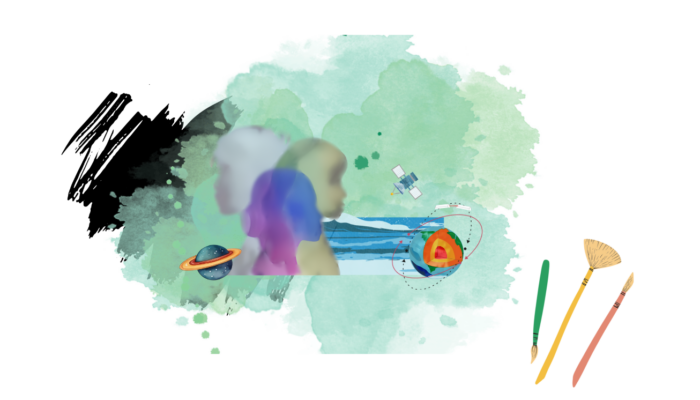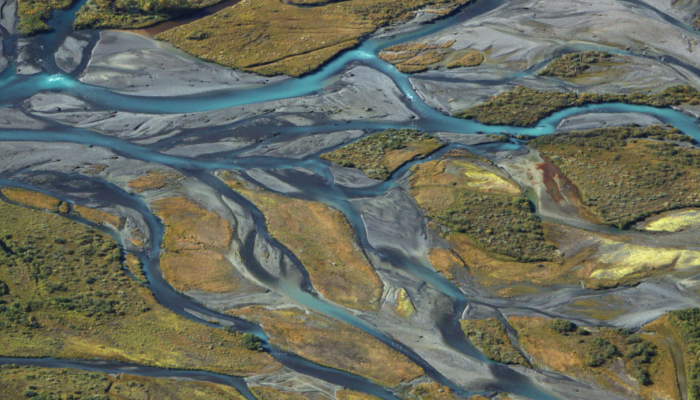In the previous post of this series, we learned how we can use satellite radar altimetry to retrieve highly accurate estimates of global sea level changes. If only reading “sea level” triggers your climate anxiety – we got you covered! In this post we will introduce you to three more applications of radar altimetry, where the first two are not directly connected to climate change. Instead, w ...[Read More]
Bits and Bites of Geodesy – Satellite radar altimetry: How do we know that sea level is rising?
In a previous post, Thomas Frederikse briefly explained how geodesy is used to observe sea level change. In this part of Bits & Bites, Bene delves deeper into the topic. Rising sea levels are one of the consequences of climate change that already impacts people in low-lying coastal regions, and the future prospects are not exactly encouraging as well. We know that rising sea levels are caused ...[Read More]
Expanding the picture: What does a geodesist look like?
Think of a geodesist. What names come up in you? What do they look like? Do they have glasses? Is their hair short or long, grey or blonde? What’s their country of origin? Can you imagine them wearing a dress? And how come so many of them run marathons? I’m joking, but hopefully you get the picture. Geodesists, especially the ones in power positions, are not the most diverse bunch of people. Since ...[Read More]
High resolution terrestrial water storage changes from combination of GRACE and models
The Gravity Recovery and Climate Experiment (GRACE) satellite mission (2002-2017) consisted of two satellites at ~500 km altitude separated by 200 km, following each other in the same orbit. The distance between the two GRACE satellites changes because of the gravitational pull of the masses beneath the satellites. As such, mass changes at or near the Earth’s surface caused variations in the dista ...[Read More]



